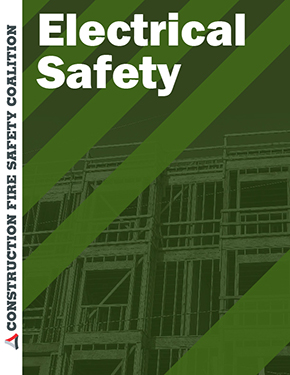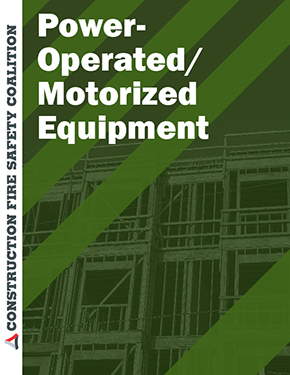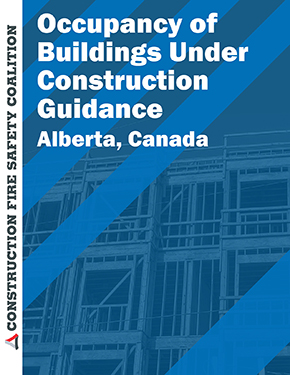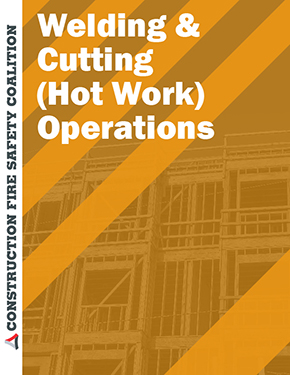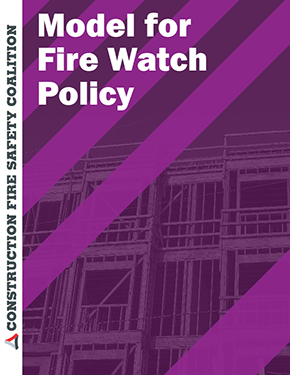Buildings under construction sometimes have large quantities of combustible material, plastics, paneling, paints, gases, and refuse on sites. When there is a large amount of flammable materials on a building site, fire protection must be taken very seriously.
With so much at risk, it is essential that fire safety policies and procedures are in place. Not only should fire safety prevent the outbreak of a fire, but it also should provide for successful evacuation if a fire does occur. Therefore, you should be familiar with all of the risks and the hazards of a project.
